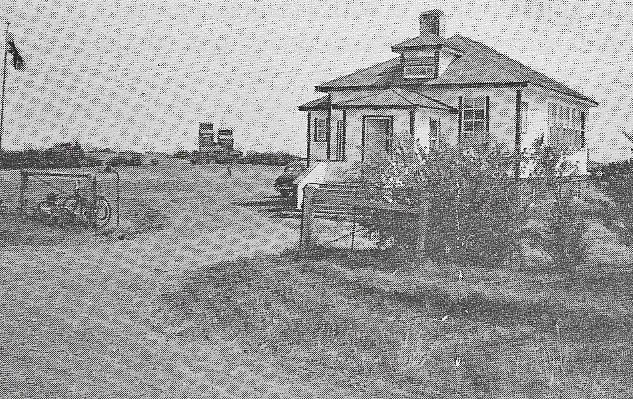
Previous to building Grayburn and Pelican Lake Schools, the children from these two districts went to Kipling, but by 1920, when the attendance hit the 45 mark, it became apparent that extra school space was needed, so Kipling school was closed, and replaced by two new districts - Grayburn and Pelican Lake, each teaching Grades I to VIII. The Department of Education gave their permission to build a new school at Grayburn. The site chosen was a part of A. W. Gray's farm. Grayburn School was built with many modern conveniences, compared to Kipling - chemical indoor toilets, separate cloakrooms for boys and girls, a cement-floored basement where children could play in inclement weather, and a covered crock water fountain. The water was usually brought by some family and often hauled on a sled or wagon by some older students. 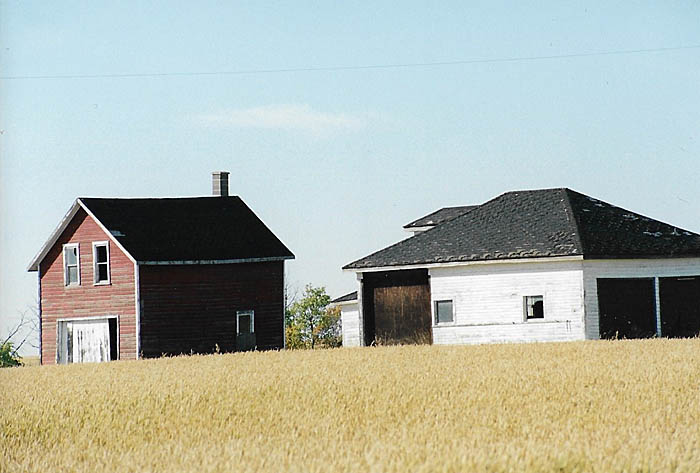
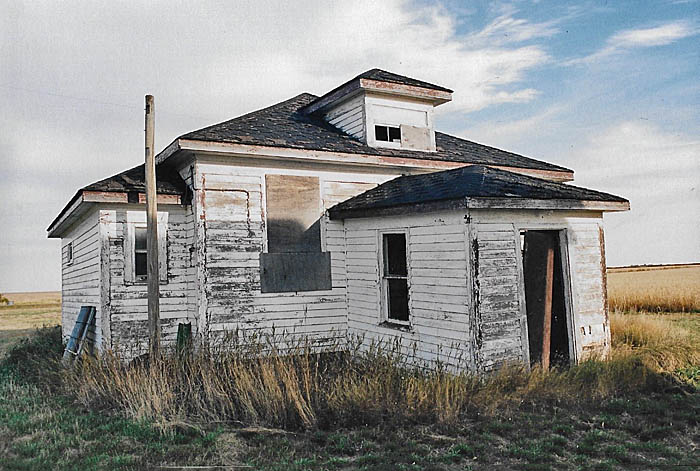 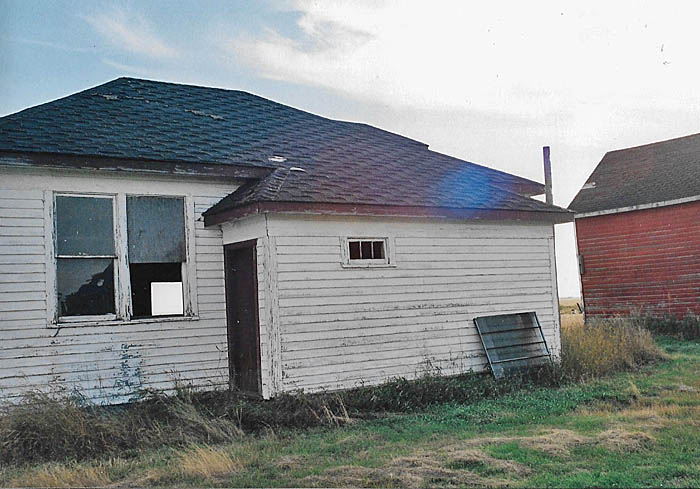  Unfortunately, all good things come to an end, and the larger school unit was formed which, although it certainly imporved education, meant the breakdown of the community spirit. First the country school disappeared, then the church and community club and finally the community itself, a situation also aided by a decrease in rural population. 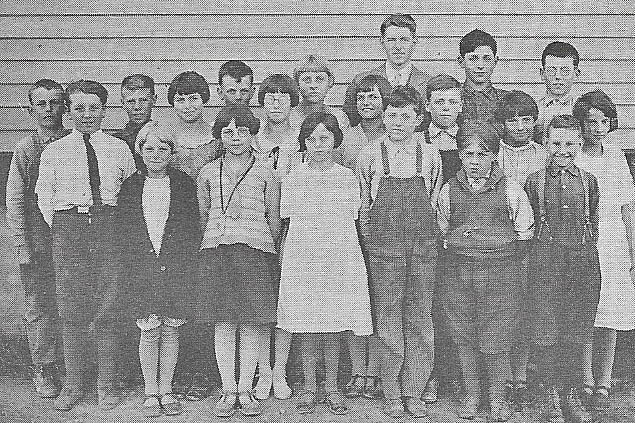 Grayburn School pupils and teacher 1920 |
